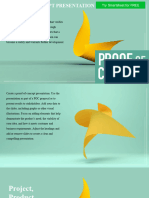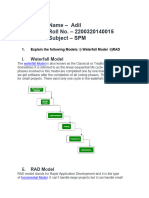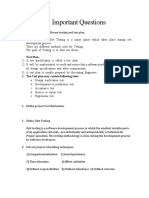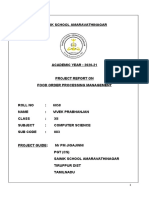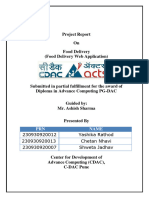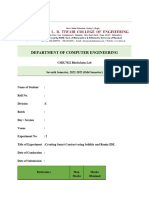0% found this document useful (0 votes)
217 views5 pagesProof of Concept (PoC) Development Ultimate Guide
The document serves as a comprehensive guide on developing a Proof of Concept (PoC) for software projects, emphasizing its importance in validating ideas and ensuring resource efficiency. It distinguishes between a PoC and a prototype, outlining the steps for creating a PoC, factors to consider, and its significance for small businesses in identifying risks, attracting stakeholders, and assessing scalability. Ultimately, a PoC is presented as a crucial tool for project managers to confirm the viability of software concepts before full-scale development.
Uploaded by
denismwgCopyright
© © All Rights Reserved
We take content rights seriously. If you suspect this is your content, claim it here.
Available Formats
Download as PDF, TXT or read online on Scribd
0% found this document useful (0 votes)
217 views5 pagesProof of Concept (PoC) Development Ultimate Guide
The document serves as a comprehensive guide on developing a Proof of Concept (PoC) for software projects, emphasizing its importance in validating ideas and ensuring resource efficiency. It distinguishes between a PoC and a prototype, outlining the steps for creating a PoC, factors to consider, and its significance for small businesses in identifying risks, attracting stakeholders, and assessing scalability. Ultimately, a PoC is presented as a crucial tool for project managers to confirm the viability of software concepts before full-scale development.
Uploaded by
denismwgCopyright
© © All Rights Reserved
We take content rights seriously. If you suspect this is your content, claim it here.
Available Formats
Download as PDF, TXT or read online on Scribd
/ 5










